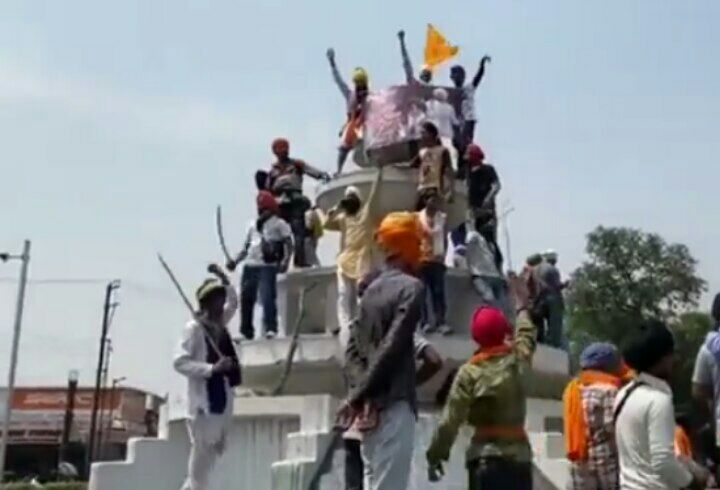Violence against Khalistan in Patiala; Know how Khalistanis killed PM, CM and Army Chief


Khalistan is once again in discussion in the country. This time Sikh and Hindu organizations came face to face in Patiala, Punjab regarding the anti-Khalistan march. During this there was a lot of violence.
Earlier, during the Punjab Assembly elections, Khalistan and Khalistani were in discussion on the pretext of Arvind Kejriwal. Social media was flooded with hashtags related to Khalistan even during a year-long farmers’ agitation on the Delhi border against the three agricultural laws. Many people associated with the power had termed the peasant movement as the movement of Khalistanis.
However, the Khalistan movement has now become history. Barring a few, the support of this movement among the Sikhs has been lost.
Khalistan terrorists and their supporters also killed former PM Indira Gandhi, former Punjab CM Beant Singh and former Army Chief General AS Vaidya.
In such a situation, let us know what was the Khalistani movement? What was its demand and how did it end?
Question 1: What was Khalistan movement?
Question 2: What was the Anandpur Sahib resolution?
Question 3: Who was Jarnail Singh Bhindranwale?
Question 4: Why did the Indian Army have to be called?
Question 5: What was Operation Bluestar?
Question 6: What happened after the operation was over?
DISCLAIMER: The author is solely responsible for the views expressed in this article. The author carries the responsibility for citing and/or licensing of images utilized within the text.
